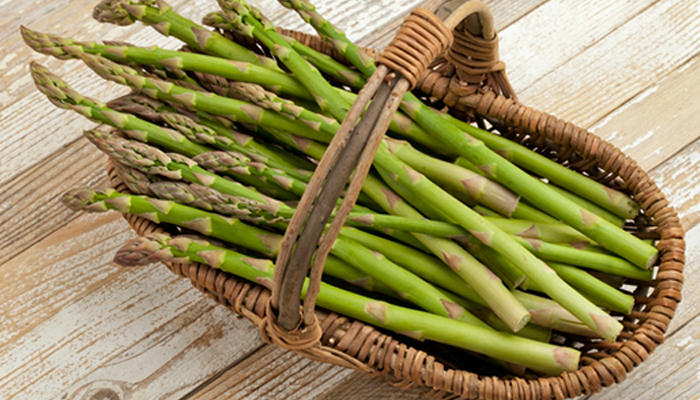
“A perennial plant or simply perennial is a plant that lives for more than two years. Perennials, especially small flowering plants, grow and bloom over the spring and summer, then die back every autumn and winter, and then return in the spring from their rootstock, are known as herbaceous perennials”.
Below are a few of the more common food plants that are known to live and produce for over two years, and some like asparagus, for example, can produce for literally decades if the asparagus bed is well taken care of.
- Grapes
- Mint
- Lavender
- Water Cress
- Asparagus
- Artichoke
- Rhubarb
- Lemon balm
- Horseradish
- Jerusalem Artichokes also Known as Sunchokes
- Broccoli
- Chives
- Groundnut
- Sweet Potatoes
- Garlic
- Strawberry
- Oregano
- *Peanuts
*Note: While the traditional peanut is considered a perennial, it is very fussy, or tender, if you will, and thus, is normally planted as an annual.
Why perennial food plants. We ask this question because the focus when it comes to survival articles, and disaster scenarios are often times on evacuations or seasonal survival gardens that people can plant with the thought that they may not be in the same place next year.
One very good reason for planting perennials is because after the dust settles, you and others if you have established a community or simply are surviving with just your family need a long-term food source, a renewable food source, and one that renews itself is ideal.
You need to be able to raise as much food as possible for daily consumption and for preservation. Gardening on a large scale is labor intensive, requires a certain skill set, tools, and materials, so anything you can do to keep plants coming up every year with little care and attendance helps to ensure your survival.
Less work when it comes to certain food plants means more time can be spent on growing annual food plants, raising livestock, and even developing edible marine life using aquaponics.
In addition to the vegetables and herbs listed above, there are of course, raspberries, blackberries, blueberries and a host of others that may or may not be predominate in your temperate zone that does not need to be planted every year.
Fruit trees are obviously perennial, but they do take years in many cases to begin producing fruit. If you had to evacuate your home and community and managed to find your way to a rural area, you may very well find abandoned fruit orchards, which you can cultivate to increase the harvest.
Apple, pear and peach trees will grow and flourish for years without human intervention, but with a little care, such as pruning, and in some cases proper pollination techniques you could improve the harvest with little investment.
In some cases, beehives are placed near fruit bearing trees and plants to ensure pollination takes place.
In some areas of the country lemon, orange and lime trees, which are all perennial, flourish as do avocado, and certain nut-bearing trees, such as almond, walnuts, and pecans and so forth.
Plants like peppers and tomatoes are scientifically considered perennials, but as a practical matter in this country, they are not considered so. Tomatoes, of course, bear fruit with seeds lodged in the pulpy fruit mass. If left unattended and given the right conditions, almost perfect conditions, the fruits would drop from the plants, and the pulp would essentially nourish the seeds until germination. Thus, you could in some cases have tomatoes, certain squashes, and pepper plants along with cucumbers and other plants that carry their seeds in pulp coming up every spring with little to no help from you. However, cold winters, animals, and poor soil conditions usually prevent this from happening.
In addition to the list of the most common, there are weeds, yes weeds, edible perennial weeds in fact, which may very well pop up in your gardens and lawns every spring. Burdock, Indian strawberries, dandelions, and plantains, just to name a few are to be found in most areas of the country.
Indian berries have a yellow blossom, whereas the traditional strawberry has white blossoms. The Indian berry’s taste does not resemble that of a strawberry, however. They are considered a nuisance weed by many but the berry is edible.
We are not talking about the banana shaped plantains, but rather the medicinal plant that is, of course, edible and is very likely ready to populate your backyard in just a matter of weeks.
Plantain, also called “The White-Mans Footprint” is a small wild plant with leaves that grow mainly from the plant’s base. Flowers: tiny, greenish, in spikes. Native to: northern temperate regions. Family: Plantaginaceae
Once established and with a little care, you can create a perennial food garden that can be overlapped with your traditional annual food plants that are planted every spring, summer, and fall.